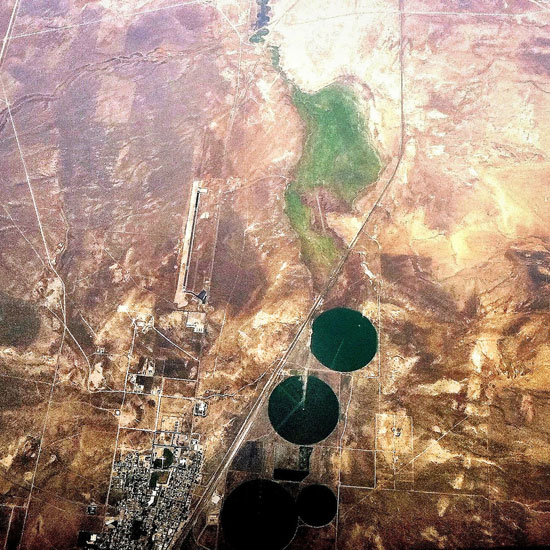
Among the many things that the Buddhist principle of conditionality teaches us, three are particularly pertinent to any endeavor to diagnose and alleviate suffering on a global scale. The first is that events and processes that appear remote and disconnected from one another may be intimately connected through subtle chains of influence operating subliminally across the systems that generate them. The second is that conditions that appear slight and insignificant on their own can converge to produce effects massive in their impact. Third is that human volition is an important factor in the web of conditions and can thus transform even processes driven by the weight of physical laws.
These three principles are evident with startling clarity in the acceleration of climate change. As to the first, science teaches us the basic chain of conditions involved in anthropogenic global warming. We use coal to generate electricity, burn petroleum derivatives to power our vehicles, ship goods across continents, raise cattle for food, and thereby release gases that trap heat and warm up the planet. The second principle, too, is readily discernible. We know that individual actions—taking a pleasure ride in the country on a summer’s afternoon, burning gas to heat the house, cutting a patch of forest to cultivate crops—won’t have any substantial influence on the climate. But when millions of people around the world engage in the same actions, and when fossil fuels become the power source that propels the global economy, the aggregated impact can escalate global temperatures to dangerous heights, instigating extreme weather events and compromising the Earth’s ability to support life. This same reflection shows us the relevance of the third principle. Climate change is not inevitable; it is not the result of uncontrollable forces of nature. It is the result of human choices, of an intersection of decisions, policies, and practices adopted by people around the world. Thus by changing our perspectives, making different choices, adopting new technologies, voting and lobbying and putting pressure on our governments, we can even hold up a process as mighty as climate change.
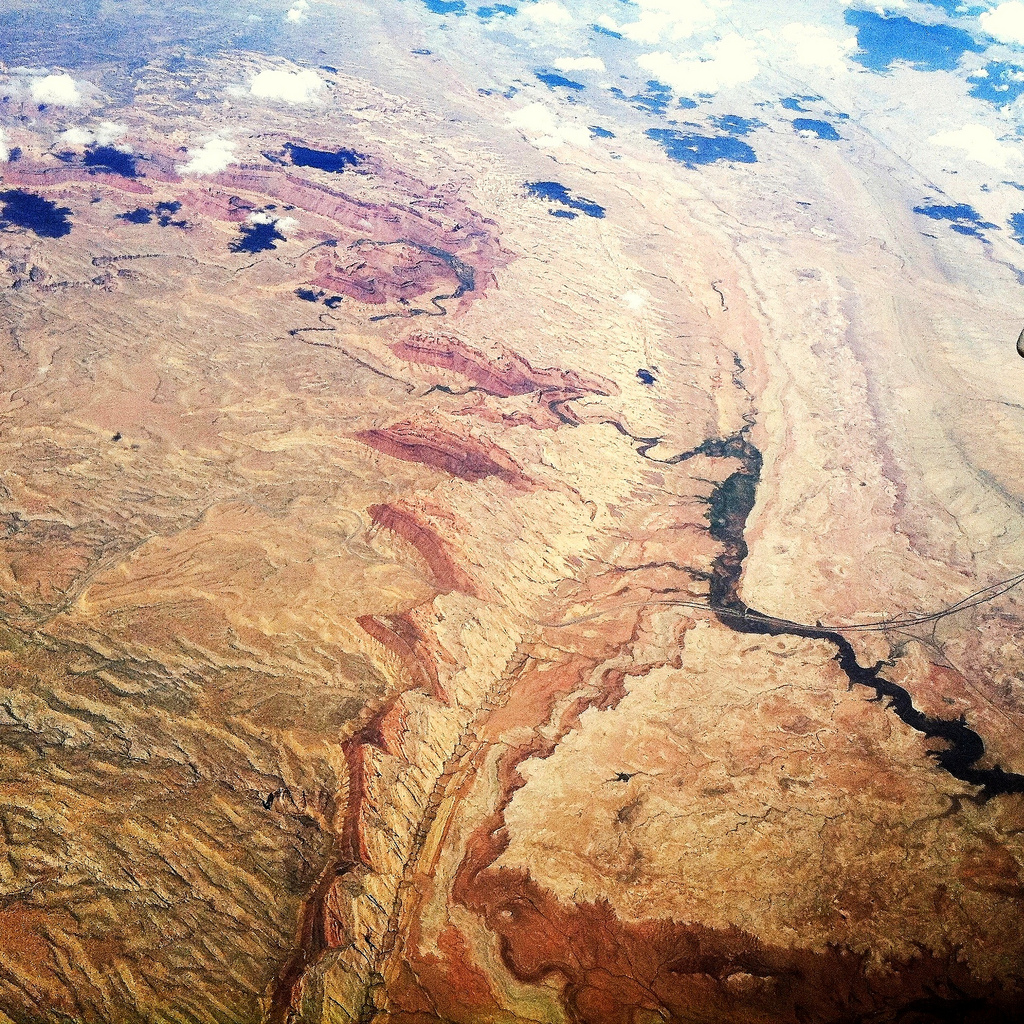
These three principles link climate change and hunger in a mutually reinforcing relationship. Climate determines the productivity of agriculture, and the methods of agriculture in turn affect climate. When we engage in behaviors that alter the climate, we risk diminishing the fecundity of the Earth and exhausting the world’s food supply. We thereby, even without knowing it, condemn millions to a life of hunger and malnutrition, even to premature death.
Yet that is exactly the predicament into which we have been drifting. To sound the alarm about the risk that a hotter and wetter planet poses to the world’s food supply is not to be an alarmist. It is, rather, to adopt a hardheaded realism rooted in the overwhelming consensus that prevails among respected climate scientists and policy experts concerned with food security.
Just last week, the anti-poverty organization Oxfam released a briefing that sums up the impact climate change is likely to have on efforts to combat world hunger. The 16-page report—“Growing Disruption: Climate Change, Food, and the Fight against Hunger”—begins by underscoring a hard truth: the challenge that climate change poses to efforts to combat global hunger no longer lies in the remote future—it has already arrived. Over the past few years, droughts and floods, triggered or intensified by a hotter climate, have been ruining harvests and ravaging verdant land in places as far-flung as Nebraska and Pakistan. If we continue business as usual, such events will only multiply and intensify. We’ve delayed too long deluding ourselves with sugarcoated fantasies. There is no time left to procrastinate.
The report specifies four “pillars of food security” where the link between climate change and hunger becomes critical: availability, access, utilization, and stability. As our world heats up, each of these pillars is eroded, thereby increasing food insecurity. Hunger on a global scale can ignite food riots, spur regional conflict, and cause states to collapse. It can also incite resentment and violent reprisals against those living in relative affluence. To forestall such problems we must stop talking and start to act, for “in the absence of urgent action, [climatic instability] will load far more significant challenges onto already stressed food systems.”
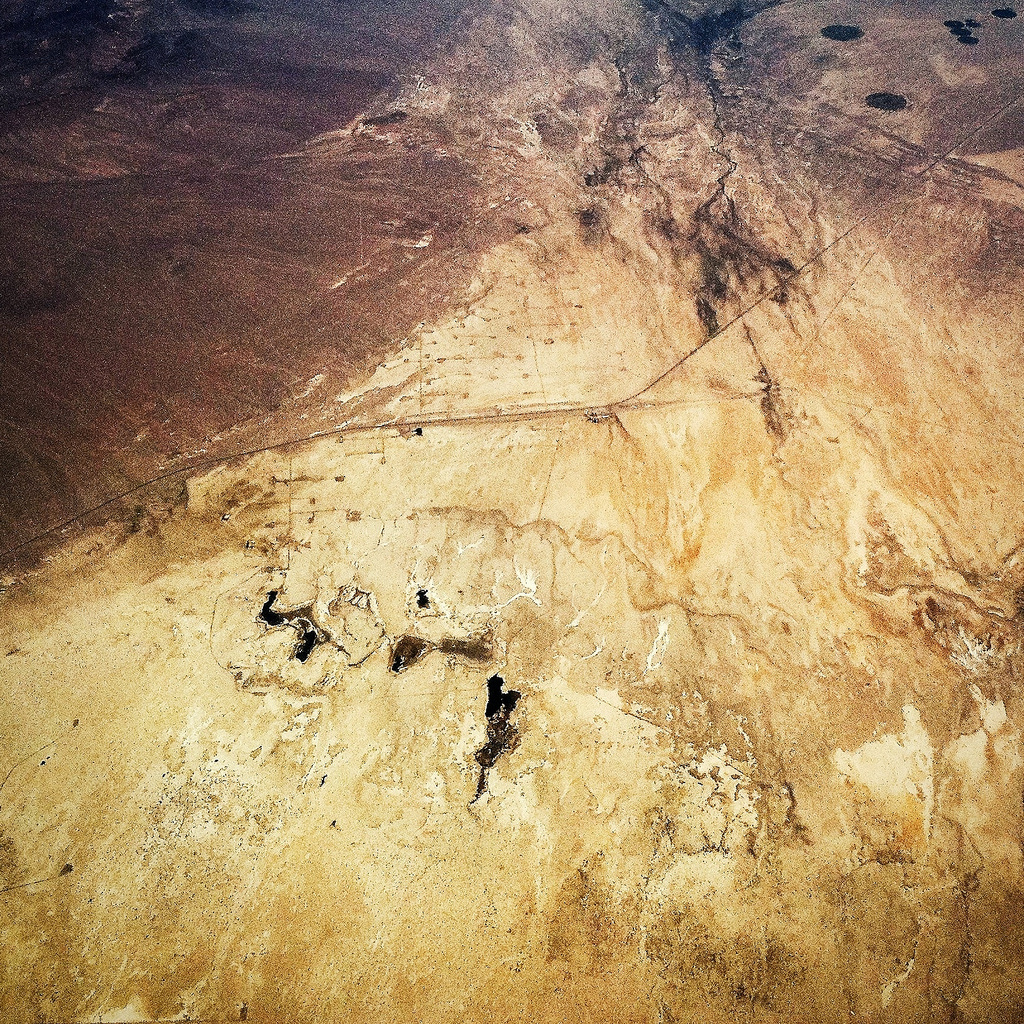
Availability of food depends on production and distribution, both of which are jeopardized by global warming. Climate change impacts production in two ways: sudden and gradual. First, a warmer climate precipitates dramatic weather events—severe heat waves, droughts, and floods—that diminish harvests and drive up food prices. In the long run, however, the slow yet inexorable increase in global temperatures may prove more deleterious, for as temperatures pass a certain threshold, the yields of major grains decline. This trend has already started, and by 2050 crop yields could decline by 10–20 percent in the tropics and subtropics, with even steeper reductions in sub-Saharan Africa. The need to feed a world population that is expected to increase by over two billion during this period, mostly in the global South, should alert us to the urgency of curbing global warming.
Access to food, the second pillar, depends not only on production and market availability of food, but also on people’s ability to purchase it at affordable prices. Climate change impedes access to food by driving up prices beyond many people’s reach. Extreme weather events in major crop-exporting countries can cause shortages that spike food prices. In many developing countries, where food may claim up to 75 percent of the family income, such spikes can be harrowing, forcing working people to cut down on their intake of food—often meager to begin with—and even skip meals. Apart from temporary price spikes, long-term global warming will gradually drive up the price of food. Research shows that “in the absence of urgent action to tackle global warming, the average price of staple foods could more than double over the next 20 years, with up to half of the increase caused by climate change.”
Climate change also disrupts livelihoods, thus undercutting people’s ability to provide food for themselves and their families. In many traditional cultures, when food is short, it is usually women and girls who have to go without, even while they farm and do most of the housework. Nutritional deficiencies in women and girls can have an adverse long-term impact not only on their own health but also on the health of the children they bear. Hunger spurred by a changing climate thus initiates “a downward spiral of poor diet, poor health, and loss of strength and energy.”
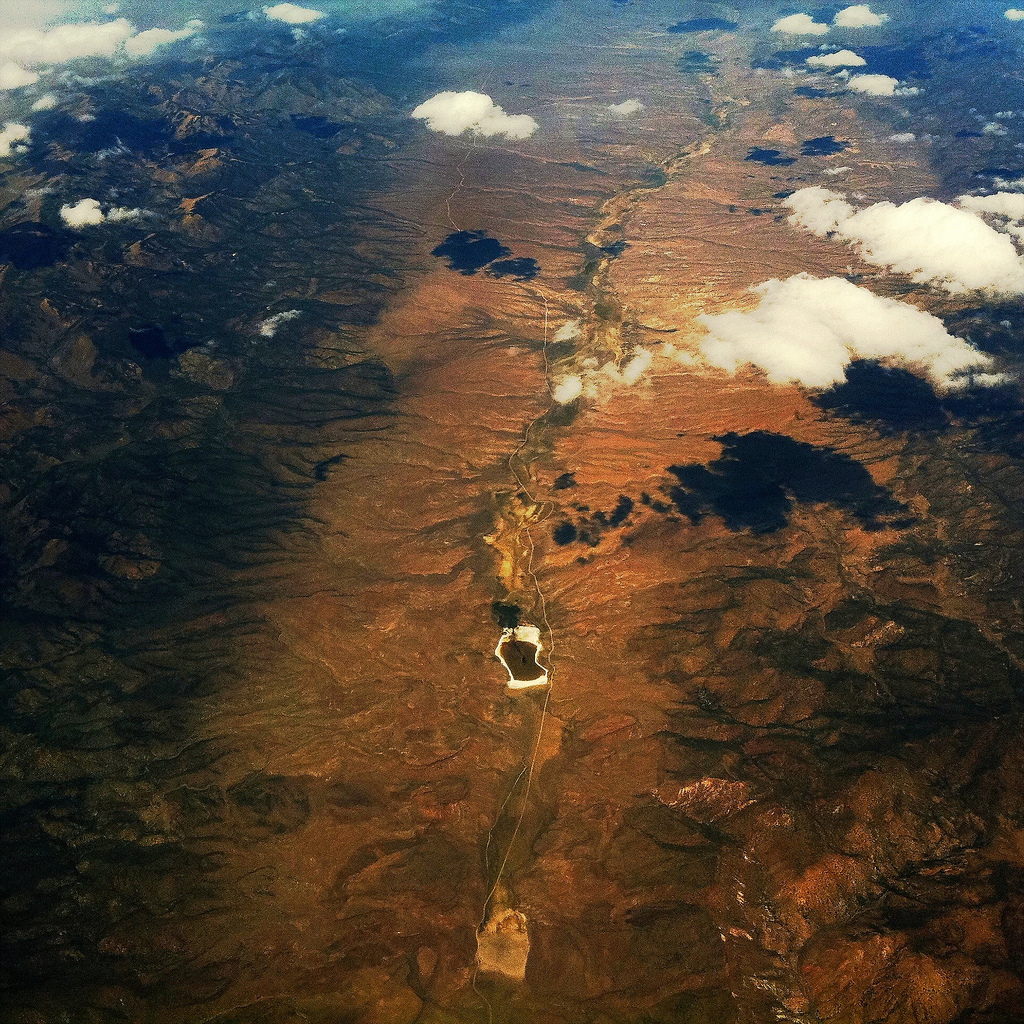
Food utilization, the third pillar of food security, refers to the way the body utilizes the nutrients it obtains from food. Climate change undermines utilization by causing physiological damage to the crops themselves, which diminishes their nutritional content. For example, hotter temperatures can concentrate growth in the stem rather than the grain or fruit. In wheat, barley, rice, and potato, elevated levels of carbon, passing from the atmosphere into the plants, can result in lower quantities of protein. Extreme weather further impairs utilization by compromising people’s health and reducing their ability to obtain maximum benefit from the food they eat. Children are hit the hardest, since a hotter climate increases vulnerability to the three biggest childhood killers: diarrhea, malnutrition, and malaria.
Stabilization, the fourth pillar of food security, requires the enactment of measures to build a more resilient food system. The report insists that “the long-term prospects for eradicating hunger means cutting emissions, and fast.” This entails making deep cuts in emissions by 2020—and I add, not by 2050, an oft-cited date. This is to be achieved by expediting the transition from a carbon-driven global energy system to one powered by clean energy, such as wind and solar. Emissions must also be reduced from industrial agriculture, a major source of carbon pollution both directly—through machinery, livestock production, transport, processing, and storage—and indirectly through land clearance and deforestation.
But building a resilient food system is not merely a matter of developing new technologies. It is also a matter of social justice. Hence, the report proposes that countries implement legislative and constitutional provisions that guarantee the right to food for all, and that the international community address extreme inequalities both within and between nations. While the report specifies developing countries in this context, the current plight of low-income groups in the West, particularly the US, means that this proposal also applies at home, where right-wing elements in Congress have been pushing to slash funding for essential food assistance to the poor.
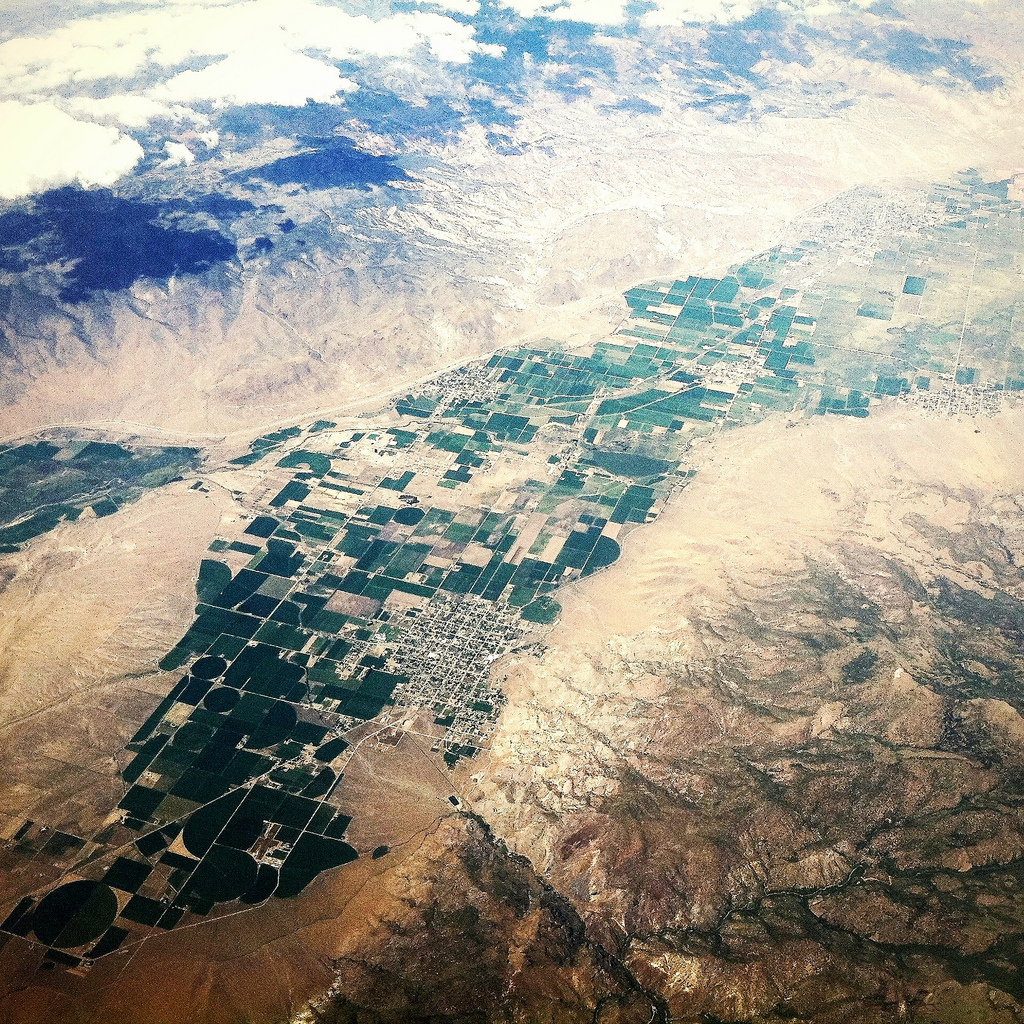
The report recommends that poor countries be given significantly more financial support for climate adaptation to reduce vulnerability and increase their resilience to the impact of climate change. We must remember that historically it is the wealthy industrialized nations that have been most responsible for the carbon emissions that are heating the atmosphere. Poor nations, though least responsible, bear the brunt of the crisis. Investment must also be made in small-scale, environmentally sustainable agriculture. This will help farmers, especially women, increase the amount of food available locally and protect their ecosystems, which are vulnerable to damage by the technologies employed by big agriculture.
Several omissions are noticeable in the report, perhaps due to the need for concision. First, the report makes no mention of the impact climate change is having on the global water supply, so essential to irrigation. Mountain glaciers are shrinking in a warmer climate, putting at risk close to a billion people in India, China, Southeast Asia, the Andes, and Europe who depend on snowmelt to water their crops. The increase in meat consumption as people become more affluent is another factor that contributes to both global warming and hunger. Cattle require six pounds of grain to yield a pound of beef, which shifts sustenance away from the plates of the poor to the supermarkets of the middle class. Cattle production is also responsible for 17 times more carbon emissions than wheat cultivation. Still a third omission with important ramifications for global hunger is the North’s reliance on biofuels as a way to cut down carbon emissions. The growth of crops to make biofuels means that corn and other grains that can feed people, especially in the South, are instead used to feed cars in the North. This is another blind alley in the quest to avert climate change, still pursued under political pressure because it pumps more profits into giant corporations.
The first installment of the fifth report of the UN Intergovernmental Panel on Climate Change (IPCC), released September 27th, dispels all doubt about the human origins of the impending crisis. In an article titled “Alarming IPCC Prognosis,” climate policy expert Joseph Romm explains how the IPCC report underscores the urgency of our situation. With reference to the report, he points out that if we continue on our current course, by the end of the present century the world will heat up by 4°C (7°F). But the report also suggests that the US faces warming in the range of 5°C (9°F). That’s a big deal, especially given that the IPCC tends to be conservative in its forecasts.
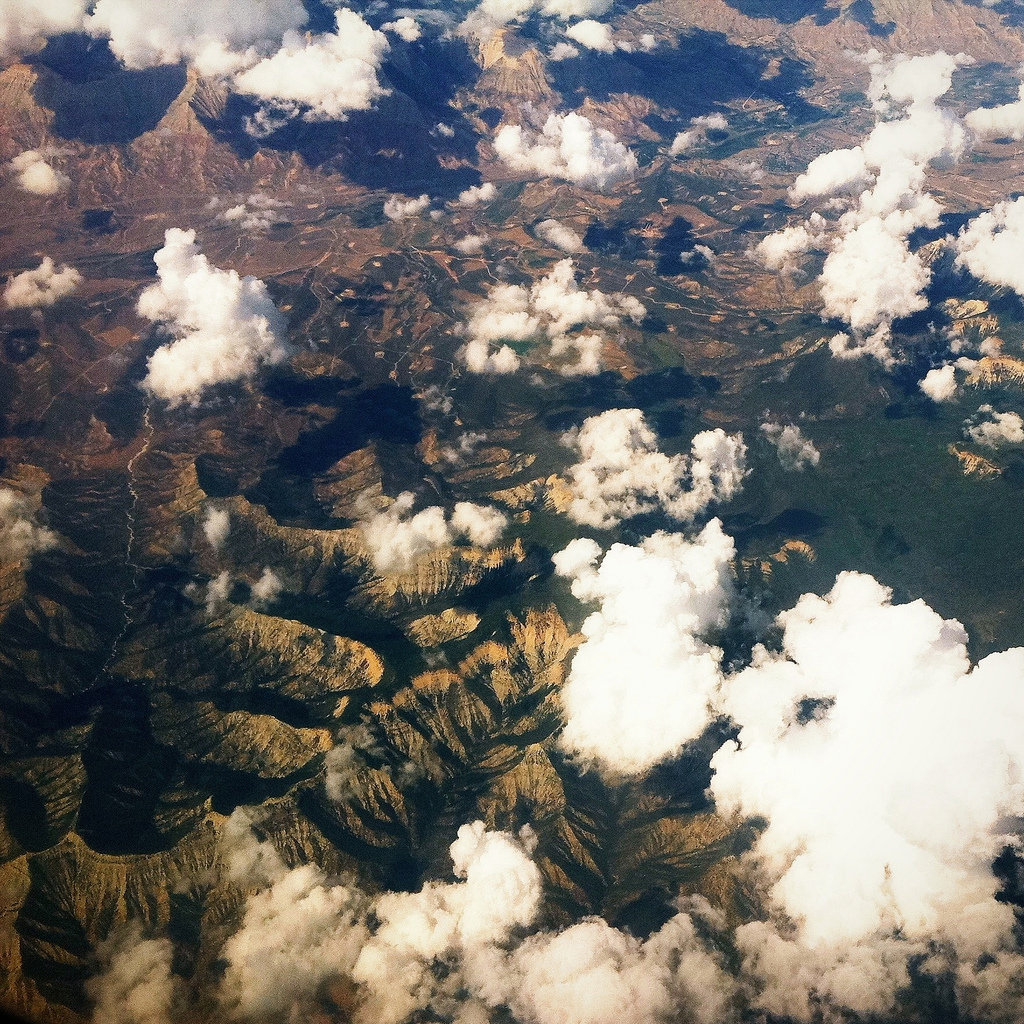
The IPCC report also shows that the rise in sea levels is speeding up and is going to be bigger than expected. It’s now projected to be 28–97 cm by 2100, which is 50% higher than the older projection of 18–59 cm. Further, by the end of the century, the area of permafrost near the surface is projected to decrease between 37 and 81 percent. This could release massive bursts of methane, a greenhouse gas over twenty times more potent than carbon dioxide.
All these facts together should sound both a loud warning and an urgent appeal to our sense of responsibility, for ourselves and others. In a world that is 7°F hotter, vast areas that are now fertile will become wasteland and food shortages will be epidemic. Entire regions will turn uninhabitable, and mass starvation will descend like a flock of vultures on whole populations bereft of access to affordable food.
The future does not lie ahead but is in our midst. If we continue to drag our feet, beguiled by the doubts and denials of those who benefit from fossil fuel exploitation, we will consign both ourselves and our loved ones to a calamitous fate. Romm compares us to “a patient who, like most addicts, is self-destructive, very bad at listening, and focused on short-term pleasure over long-term health.” We have to start listening, we have to start putting health ahead of pleasure, and we have to give up our self-destructive addictions.
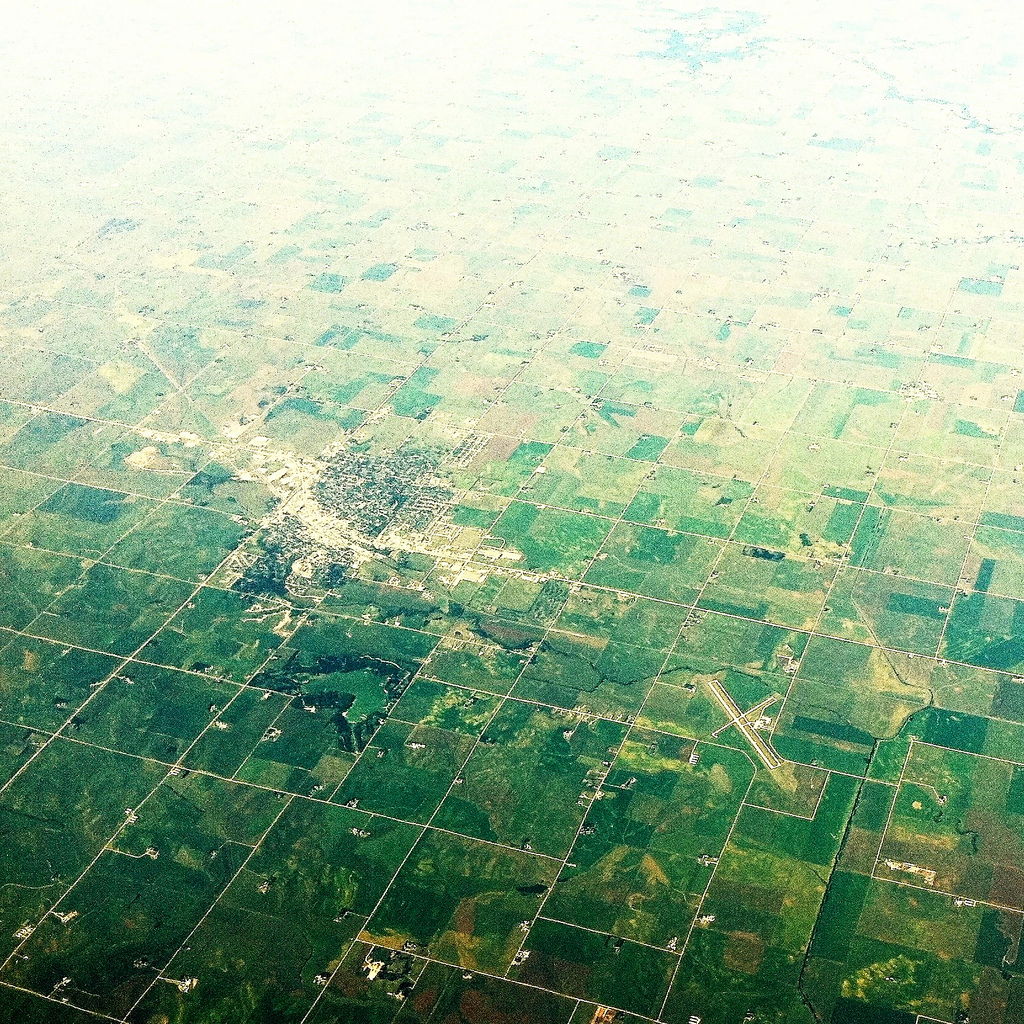
The Buddha says, “Protecting oneself one protects others; protecting others one protects oneself” (Samyutta Nikaya 47:19). This statement, originally made with reference to mindfulness meditation, is acutely relevant to our dealings with climate change, underscoring our twofold responsibility: to ourselves and others. For our own sake, for the sake of others across the globe, and for the sake of future generations who will inherit the planet we leave behind, we must cap and drastically reduce global carbon emissions. Moreover, we cannot settle for what the “climate psychologist” Margaret Klein calls “tokenism”—personal actions that express a belief in the need to stop climate change but don’t go beyond the sphere of private choices. Action requires more than personal decisions to consume less and be more mindful about one’s use of energy. It requires more than merely adopting a simpler and more natural lifestyle, turning off unused lights, lowering the thermostat, and driving a fuel-efficient car. Such measures are surely important, but they are simply not enough.
If we are going to stem climate change, it’s necessary to get political—in the broad sense of the term. What is needed is a fierce compassion ready to stand up to lies and expose the truth, even at personal risk. What is needed is courageous action out in the field, action that can awaken minds and change hearts, that can startle people out of their complacency. What is needed is a demand that politicians stand up for humanity and not for fossil fuel interests. What is needed, too, is direct resistance on the ground to prevent giant corporations from feasting on the entrails of a supine population.
The principle of conditionality, as stated at the outset, is not tantamount to an irreversible determinism. The exercise of human will is critical to its operation, and this should give us hope. With the right view, right intention, and right action, we can change our trajectory. But the principle of conditionality also teaches us that to have a transformative impact, it’s often necessary for many small individual actions, widely distributed, to converge on a similar end. This means that it’s up to us, in exercising our collective moral responsibility, to unify our efforts to resist the forces pushing climate change. It’s up to us to stand together to preserve a viable future. The struggle won’t be an easy one, but with determination we can prevail.
At the request of Ven. Bhikkhu Bodhi, the line “rabid right-wing elements of Congress are waging an assault on the poor” has been changed to “right-wing elements in Congress have been pushing to slash funding for essential food assistance to the poor,” over concern that the line distracted from the thrust of the essay. (10/16/2013)
Images courtesy of Flickr/Artbandito.
Further Reading
A Moral Politics: Nourishing change in US food policy
Into the Fire: Food in the Age of Climate Change
The Attack at Home: A new bill threatens the food security of millions
Thank you for subscribing to Tricycle! As a nonprofit, we depend on readers like you to keep Buddhist teachings and practices widely available.